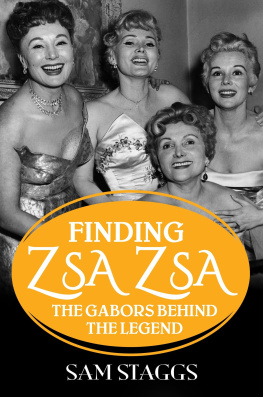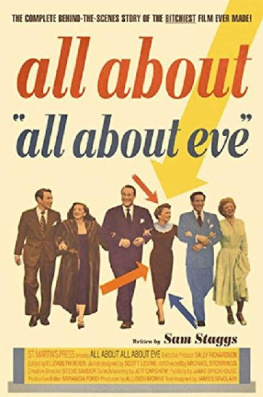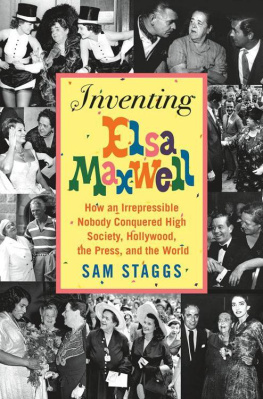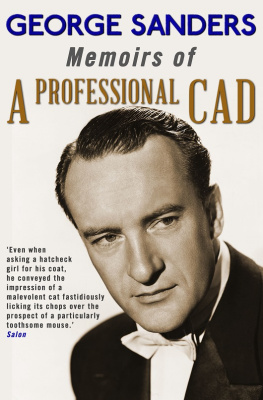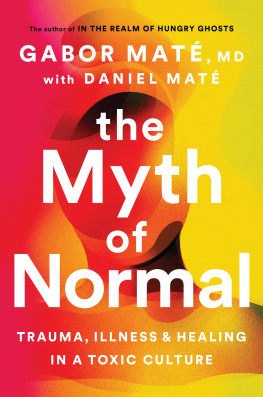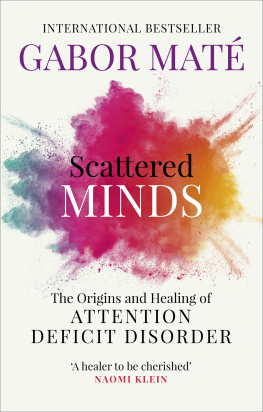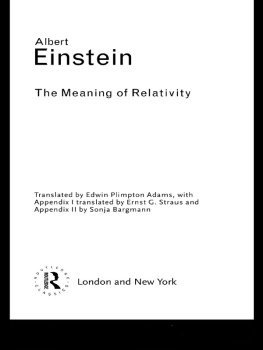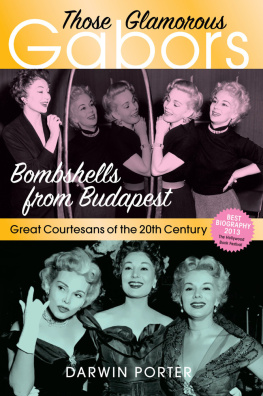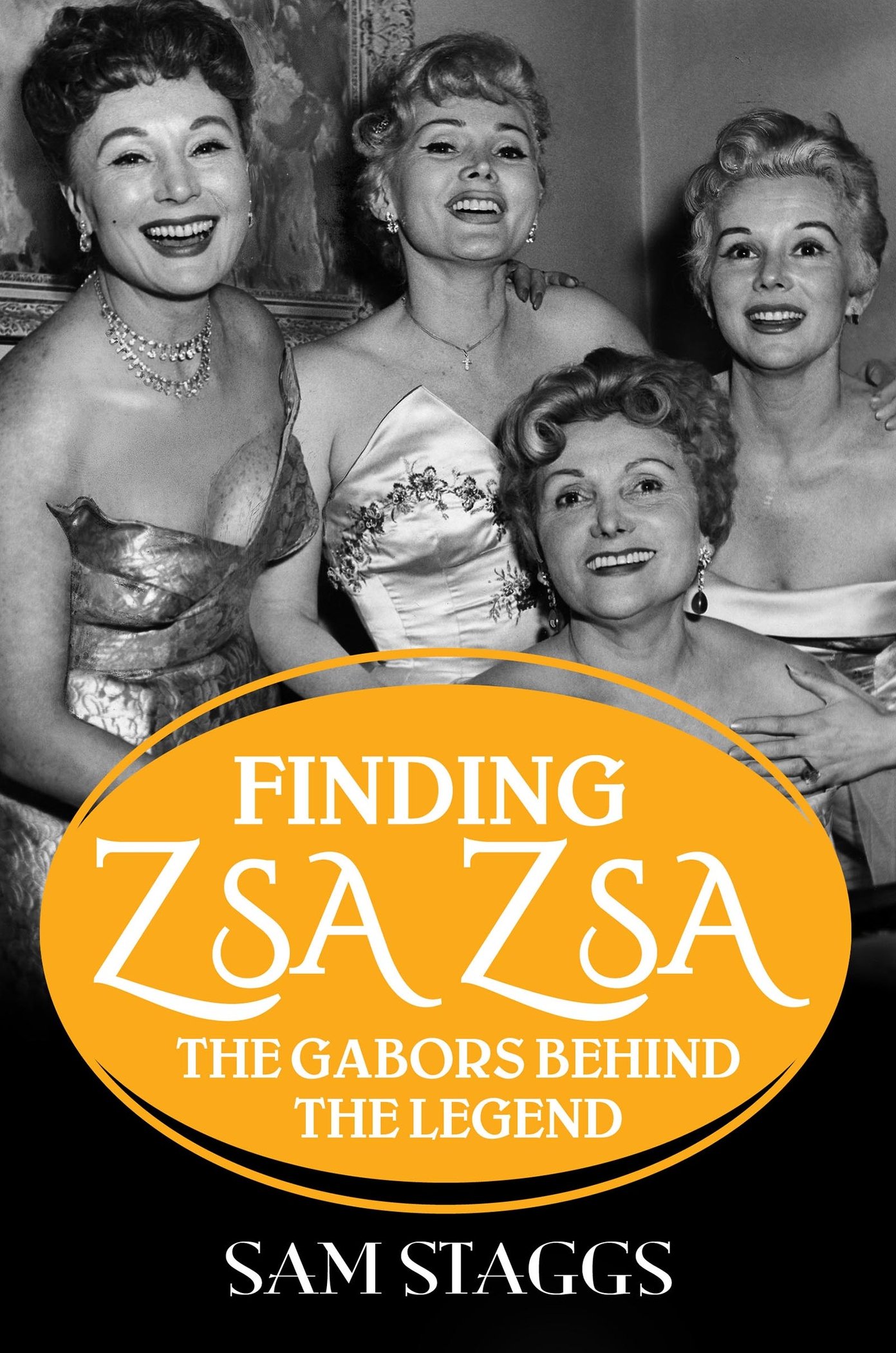Sam Staggs - Finding Zsa Zsa: The Gabors Behind the Legend
Here you can read online Sam Staggs - Finding Zsa Zsa: The Gabors Behind the Legend full text of the book (entire story) in english for free. Download pdf and epub, get meaning, cover and reviews about this ebook. year: 2019, publisher: Kensington Publishing Corporation, genre: Non-fiction / History. Description of the work, (preface) as well as reviews are available. Best literature library LitArk.com created for fans of good reading and offers a wide selection of genres:
Romance novel
Science fiction
Adventure
Detective
Science
History
Home and family
Prose
Art
Politics
Computer
Non-fiction
Religion
Business
Children
Humor
Choose a favorite category and find really read worthwhile books. Enjoy immersion in the world of imagination, feel the emotions of the characters or learn something new for yourself, make an fascinating discovery.
- Book:Finding Zsa Zsa: The Gabors Behind the Legend
- Author:
- Publisher:Kensington Publishing Corporation
- Genre:
- Year:2019
- Rating:3 / 5
- Favourites:Add to favourites
- Your mark:
Finding Zsa Zsa: The Gabors Behind the Legend: summary, description and annotation
We offer to read an annotation, description, summary or preface (depends on what the author of the book "Finding Zsa Zsa: The Gabors Behind the Legend" wrote himself). If you haven't found the necessary information about the book — write in the comments, we will try to find it.
In 1945, after barely escaping Hitlers invasion of Hungary followed by liberation of the country by the Red Army, three members of the Gabor family--Jolie, her ex-husband Vilmos, and their daughter Magda--arrived in New York City. In Hollywood, their other daughters,
Zsa Zsa and Eva, had worked feverishly throughout the war years to secure their rescue from the Nazis plan to exterminate the Jews. Stepping off the boat, Jolie, the iron-willed matriarch, already had a golden future mapped out for her sharp-witted, cosmopolitan beauties.
Over the next six decades, with twenty-three husbands between them (suaveAll About Evestar George Sanders would wed both Zsa ZsaandMagda), scores of lovers, and roller-coaster rides in film, television, theater, and business, the elegant yet gloriously bawdy, addictively watchable Gabors carved a niche in the entertainment industry that made them world-famous pop-culture icons. But beneath the artifice of Dior and diamonds was another side to the story they never revealed: the whole truth.
This first verifiable history of the Gabors casts a startling new light on these extraordinary women.Finding Zsa Zsareveals the tumultuous and often unforgiven battles between mother and daughter, sister and sister, wife and husband; Evas bearded romance with Merv Griffin that allowed them both to seek same-sex lovers; Zsa Zsas involuntary confinement in a mental hospital; her life-long struggle with bipolar disorder; and her last--unconsummated--marriage to the manipulatingfauxprince Frederic von Anhalt. Here too is the untold story of Zsa Zsas daughter, Francesca Hilton, a gifted photographer who eschewed the Gabor lifestyle and paid a sad price for her independence. The story of family patriarch Vilmos Gabor, who returned to Hungary only to be trapped behind the Iron Curtain, reads like a Cold War spy thriller.
Culled from new interviews with family, colleagues, and confidantes, and the unpublished memoirs of the authors friend Francesca Hilton,Finding Zsa Zsafinally introduces fans to the Gabor family they never knew, including many never-before-seen photos. Its a riveting, outrageously funny, bittersweet, and affectionately honest read of four women who were vulnerable, tough, charitable, endlessly fascinating, and always glamorous to a fault.
Sam Staggs: author's other books
Who wrote Finding Zsa Zsa: The Gabors Behind the Legend? Find out the surname, the name of the author of the book and a list of all author's works by series.

